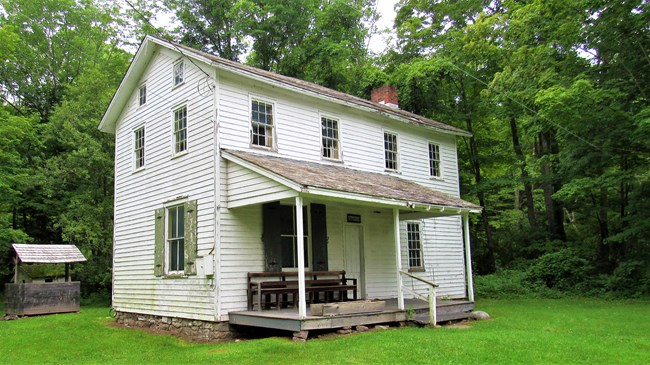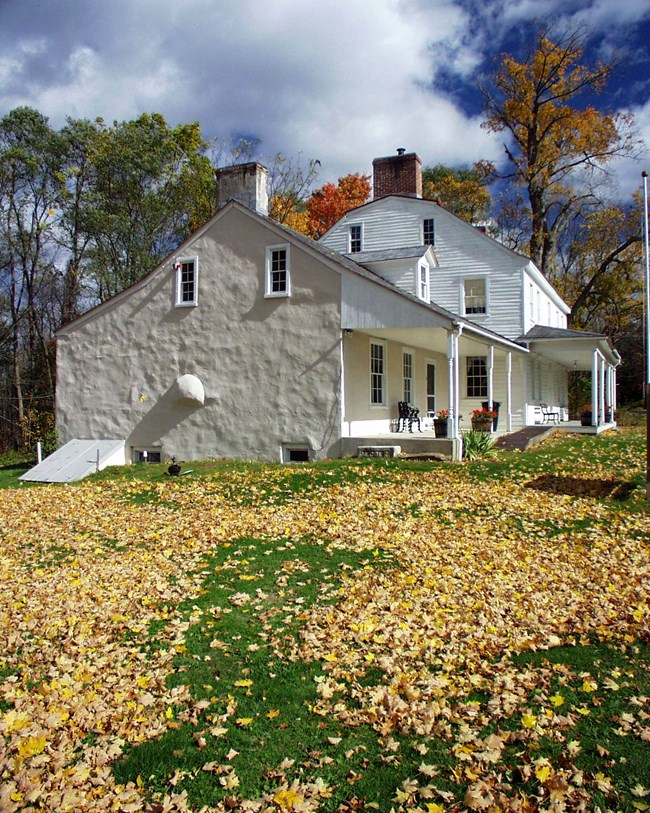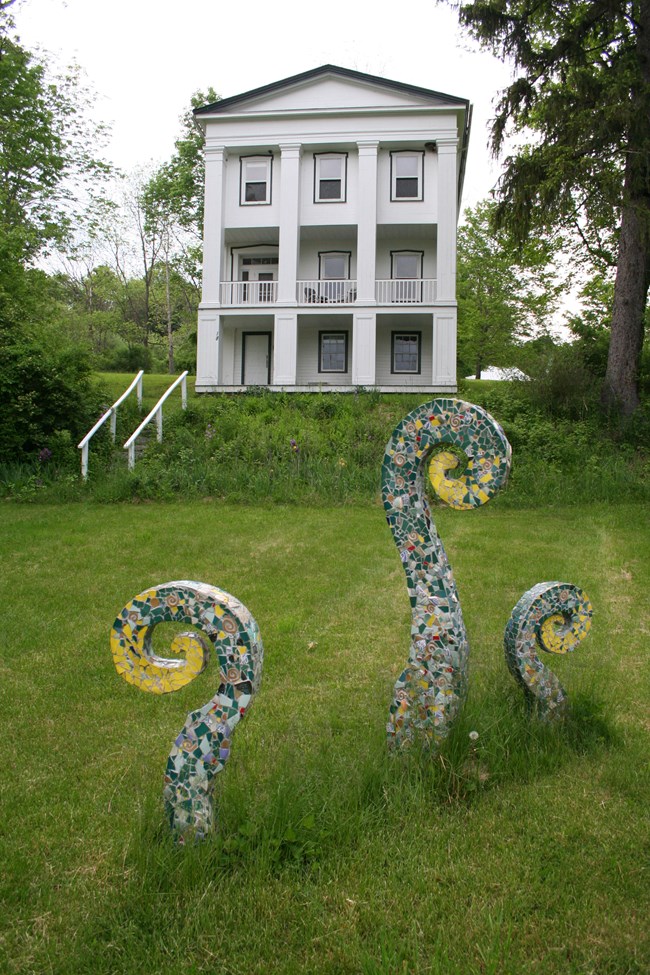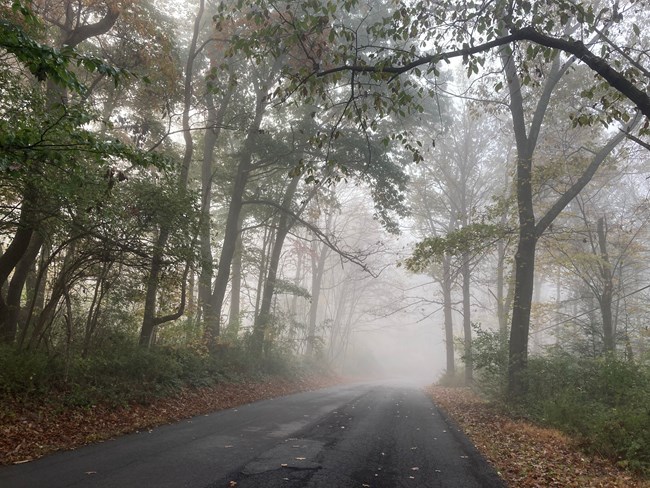
NPS/A. Alfonso Millbrook VillageIn 1832, a local farmer built a grist mill along the newly-finished Columbia-Walpack Turnpike where it crossed "Van Campens Mill Brook." By 1875, this one building grew into a small community calling itself 'Millbrook'. One family began the community, but by its peak in 1875, the town had reached a population of 75 people and had about 19 major buildings like houses, barns, and workshops. Directions to Millbrook Village 
NPS Photo Foster-Armstrong House & Neldon-Roberts StonehouseBuilt in the late 1700s, the Foster-Armstrong House boasts a beehive oven and a fireplace in every room. Just a few miles away, the Neldon-Roberts Stonehouse was once a school house, and still sports its original wide-wood plank flooring, fireplace, and deep windows. Volunteers from the Montague Association for the Restoration of Community History (MARCH) staff the two houses on select summer Sundays. Additionally, the Foster-Armstrong house displays items of historical interest from the 1700's up to the early 1900's. Directions to Foster-Armstrong House | Directions to Neldon-Roberts House 
NPS Photo Walpack Center & Van Campen InnWalpack Center was once a bustling community. Today, the Walpack Historical Society maintains a small museum in one of the oldest town buildings, the Rosenkrans House. The Van Campen Inn is located on the other side of the Walpack Ridge. Originally built as a farm house, the Van Campen Inn was designated a "Yaugh" house during Colonial times when it became common practice to offer homes as shelter for travelers. Volunteers from the Walpack Historical Society staff the Van Campen Inn along Old Mine Road and the Rosenkrans House in historic Walpack Center on summer Sundays, as volunteer schedules permit. Instead of driving between the two areas, consider hiking the one-mile Military Road Trail that connects Van Campen Inn and Walpack Center. 
NPS Photo Village of BevansThe once charming farm village of Bevans has been adapted as the Peters Valley School of Craft. This art campus houses a variety of media studios, such as blacksmithing, ceramics, woodworking, painting, and more. Self-guided tours of the historic grounds and studios are available during the summer on Saturday and Sunday afternoons. Directions to the Village of Bevans 
NPS/J. Cammerota Old Mine RoadConstructed in the mid-1700s, Old Mine Road connected the Hudson River and Philadelphia to the Pahaquarry Mines and provided an important conduit for New Jersey farmers taking crops to area markets, making it one of the oldest commercial roads in the country. Today, Old Mine Road stitches together sections of several roads into the park's main passage in New Jersey and still retains much of the scenery of 100 years ago, making it a popular driving and biking route. More information about Old Mine Road |
Last updated: January 29, 2024
